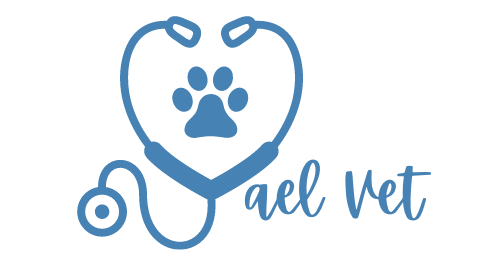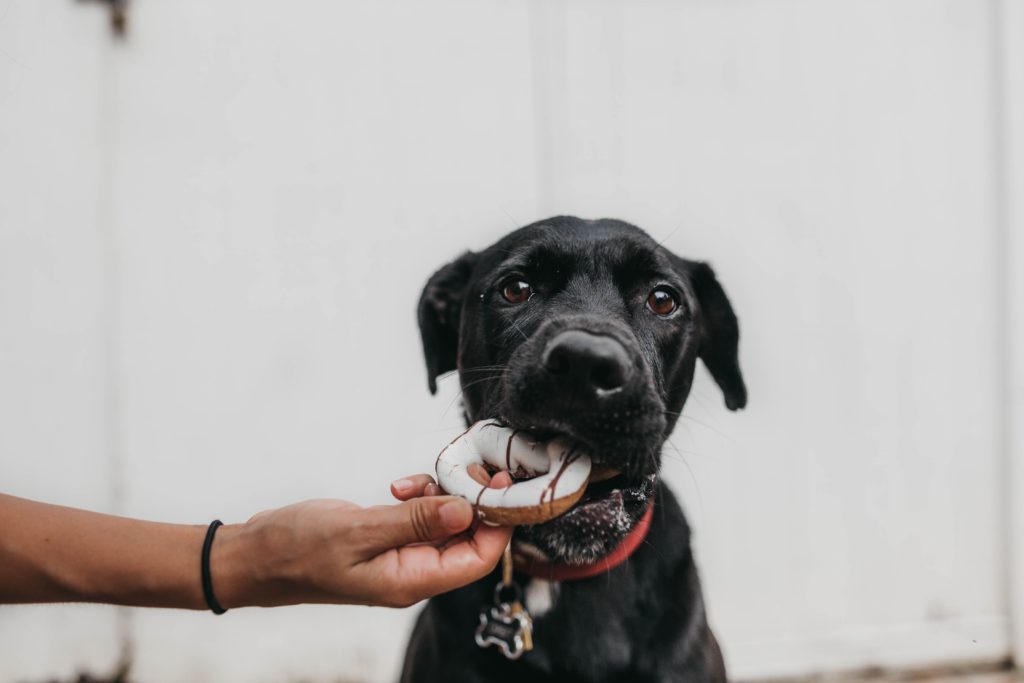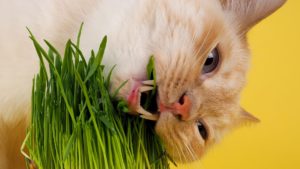What foods are toxic for cats and dogs and which ones are harmful?
Some foods are not recommended for dogs or cats, and some are actually toxic and you should avoid them at all cost.
As for us humans, there is a difference between food that is not beneficial and food that can cause a toxic reaction. When it comes to our diet, for most of us, unless it is toxic, we won’t have any problem eating all sorts of foods.
The modern diet has become far from healthy and the supermarkets are proof of it. You have the mini section with raw fruits and vegetables and the rest comes in plastic. But somehow our body seems to be able to handle quite a lot of garbage, till it doesn’t.
Maybe it is because animals have a shorter lifespan, we encounter more often food-related diseases. Well, they are never called that but sometimes it’s not that difficult to make the connection. When a dog is diagnosed with liver diseases, skin diseases and you later find out all he was eating was low budget dog food… It’s like if someone told you he was having his whole life hamburgers and chips, diagnosed with severe disease, you would probably suspect some connection.
So having that covered, quality is of first priority. If you are getting your cat or dog industrial food, please get him the best quality you can afford. Don’t be tempted by the discount, it will come back as ill-health. Try not to give him any treats as they are made to be delicious and irresistible like a pizza/donut is for us. Once in a while is ok, but only once in a while, not every day!
Now let’s talk about the food that unlike the hamburger chips example is more likely to cause immediate damage, and therefore harmful to your pet.
Onion, garlic, chives, and leeks
They all contain a substance called thiosulphate which dogs and cats cannot properly digest.
When ingested in large or chronic amounts, it results in hemolytic anemia. Cats are more sensitive than dogs are, sometimes even a small amount can be fatal. Clinical signs are generally secondary to the anemia, with resultant weakness, lethargy, and pale mucous membranes, and death if ingested in large amounts! It was once believed to have antiparasitic properties but considering the risk of intoxication, it is better to stay with the known and safer products.
Chocolate tee and coffee
Theobromine, theine, caffeine are the actives ingredient found in chocolate, tea, and caffeine. They all can be very harmful, even in small amounts to your pet. In contrary to what many people believe, dark chocolate is actually more dangerous to your pet than milk chocolate as it is more concentrated with theobromine.
Alcohol
Their liver doesn’t have the enzymes to digest alcohol, therefore it remains in their not only in drinks but also in syrups and raw bread dough. May cause gastrointestinal irritation with nausea, vomiting and diarrhea, kidney damage, and central nervous system depression, Advanced stages may cause collapse, unconsciousness, respiratory difficulty, coma, and possible death.
Raisins and grapes
Grapes and raisins are known to be highly toxic in dogs and can even be lethal. Ingestion might cause kidney and liver failure. Avoid all foods and sweets containing one of these ingredients.
Macadamia nuts
Some nuts are safe for dogs, like peanuts, but nonetheless, they high in fats and therefore should be avoided. On the other hand, macadamia nuts are absolutely to be avoided as they are toxic and the consequences include vomiting, ataxia, weakness, hyperthermia, and depression.
Nutmeg
Nutmeg is toxic to pets due to a compound in the nutmeg called Myristicin. Signs of intoxications include:
decrease in body temperature, dehydration, vomiting, decreased production of saliva, increased heart rate, muscle tremors, disorientation, seizures, and even death
Marijuana
Marijuana refers to the dried parts of the Cannabis plant.
If ingested by accident, a small amount of cannabis is all it takes to cause toxicity in cats and dogs.
Hops
The fruit of the hops plant is commonly used in the production of beer. When dogs ingest hops the consequences can be disastrous, including malignant hyperthermia, neurological symptoms like convolution, and death.
Xylitol
Sugarless gum may contain xylitol, a Xylitol is a class of sweetener also known as sugar alcohol. It can be found in sugarless gum and in many products and foods for human use but can have devastating effects on your pet.
Raw dough
Unbaked bread dough, when ingested by your pet, can result in a bloated stomach, it can also lead to gastric-dilatation volvulus. In addition, fermentation releases ethanol which can also cause alcohol intoxicatio
Plants
There is also a wide range of toxic plants for cats and dogs. If you have plants at home always make sure you know which plant it is and its possible toxicity to your pet.
Now the following are not considered toxic for your per but they do have some properties that are found harmful for your pet’s health. First, avoid giving them your leftovers. Sure they will like it, but we have different anatomy than dogs or cats have, they are carnivores. They have a shorter intestinal tract designed to digest flesh.
Bones
may cause intestinal occlusion or perforation. Always avoid cooked bones,
They become brittle and easily break into sharp shards that can perforate your dog’s intestine.
What about raw bones? Some believe it is beneficial for their teeth health and health in general. For general health if you are giving him a high-quality type of food you shouldn’t’ have any problems with mineral or vitamin deficiency. And about teeth health, yes in nature dogs chew on bones and help keep their teeth healthy. But there are other ways you can keep them healthy:
Toys made out of twisted rope fibers or dense rubber are good choices. If you do decide to get them a bone make sure it’s raw and clean (be aware of salmonella) and bigger than their head, and always under supervision!
Raw fish
Like other animal’s bones are dangerous for your pet’s intestines, so are fish bones, they can also make holes in the gut. However, there is a more severe danger in fish- parasites, which they too, make holes in the gut by eating it. They are found in raw fish and can be killed only by cooking the fish.
Raw chicken
High risk of encountering salmonella.
Bacon and other salamis
Are very high in fats and frequently cause pancreatitis.
Raw egg: There is no nutritional benefit in feeding raw eggs to your pet, there is, however, the risk of your dog contracting Salmonella infection from a raw egg. This bacterial infection can cause vomiting and diarrhea. Even so, consuming raw egg whites over long periods of time can cause Biotin deficiency (one of the B complex vitamins) as it contains avidin which has a negative impact on its absorption.
Sweets and sugar
Avoid all kind possible, can cause obesity and diabetes.
Salt- never add to your pet’s diet, it already contains salt. High doses can cause kidney or heart disease and can even be lethal.
Cheese- Better to avoid, especially if we are talking about fat cheese- can cause obesity and pancreatitis. Some animals can even be allergic to cheese.
Milk
They don’t have the enzyme to digest milk and cause diarrhea.
Dog or cat food – Dog food is not appropriate for cats as it doesn’t have enough protein. And on the contrary, cat food is too high in proteins for dogs.
Avocado
The flesh is not toxic but just high in fat and as we saw fat can cause pancreatitis and of course, obesity. However, the leaves, fruit, seeds, and bark of avocados contain persin, which is potentially poisonous and can cause vomiting and diarrhea or even be lethal.
Potato
You should never feed your dog raw potatoes, which contain solanine, a compound that is toxic to some dogs. If you do feed him potatoes, it should be baked or boiled.
Tomato
Like potatoes, they contain solanine, especially green tomatoes. Eggplants too contain solanine.
Mushrooms
While many mushrooms are not toxic for dogs and cats, a small percentage can be extremely poisonous and life-threatening. Which ones? If you are not a mushroom expert maybe it’s better to avoid it altogether.
Let me know your thought, your doubts, if you have any questions, some topics I did not cover, please let me know 🙂





